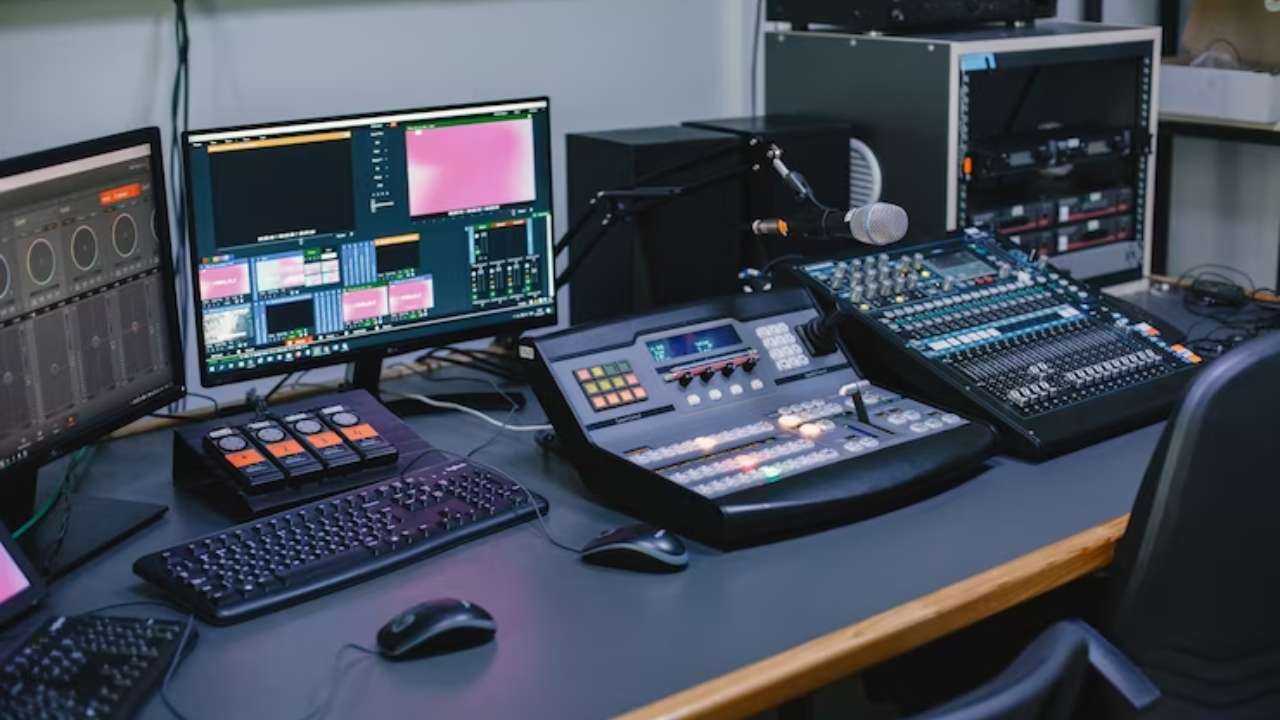Revolutionizing Broadcasting through Innovative Sound via IP Solutions for a Integrated Tomorrow
Revolutionizing Broadcasting through Innovative Sound via IP Solutions for a Integrated Tomorrow
Blog Article
This world of broadcasting is undergoing a major transformation due to cutting-edge audio via IP (AoIP) solutions. These developments are revolutionizing how audio programming is created, distributed, and received. Audio over IP refers to the method of sending audio signals over a digital system, using Internet Protocol (IP) rather than traditional analog methods. This transition not only enhances the standard of audio transmission but also provides media professionals with greater freedom and authority over their content.
A single major advantage of audio over IP technology is its ability to link various devices and technologies seamlessly. Classic broadcasting frequently relied on complex wiring and tangible connections, which could be burdensome and limited. With AoIP, broadcasters can readily interface microphones, audio consoles, and other devices through a common network. This integration allows for remote broadcasting and live streaming from almost any location, making it simpler to reach audiences across the globe. As a result, broadcasters can react quickly to current issues and audience requests, leading to more dynamic and captivating programs.
Moreover, AoIP technology supports high-quality audio formats that enhance the listening encounter. In contrast to conventional broadcasting methods, which may diminish sound quality, audio over IP can preserve the purity of the audio stream during the delivery process. This means that audiences can experience crisper and richer sound, whether they are tuning in via radio, streaming online, or using mobile devices. The ability to deliver premium audio is particularly crucial for music and talk shows, where each nuance matters to the listeners.
Additionally, the adoption of audio over IP systems can lead to cost savings for broadcasters. By using existing network infrastructure, companies can remove the need for costly hardware and extensive cabling. This not only reduces upfront costs but also lowers maintenance expenses over time. Broadcasters can allocate resources more efficiently, investing in content creation and talent development. As a result, the entire broadcasting industry can benefit from increased innovation and creativity, as funds are redirected toward improving programming and engaging with audiences.
In conclusion, the shift towards audio over IP technologies is transforming the broadcasting landscape. By enabling seamless connections, enhancing audio standards, and lowering costs, AoIP is clearing the path to a better integrated future in media. As broadcasters continue to adapt to these changes, they will be better equipped to meet visit this web-site the needs of their audiences, create compelling content, and remain competitive in an constantly changing industry. The prospects of broadcasting is promising, and audio over IP will take a key role in defining the manner in which we interact with audio programming in the future to follow.